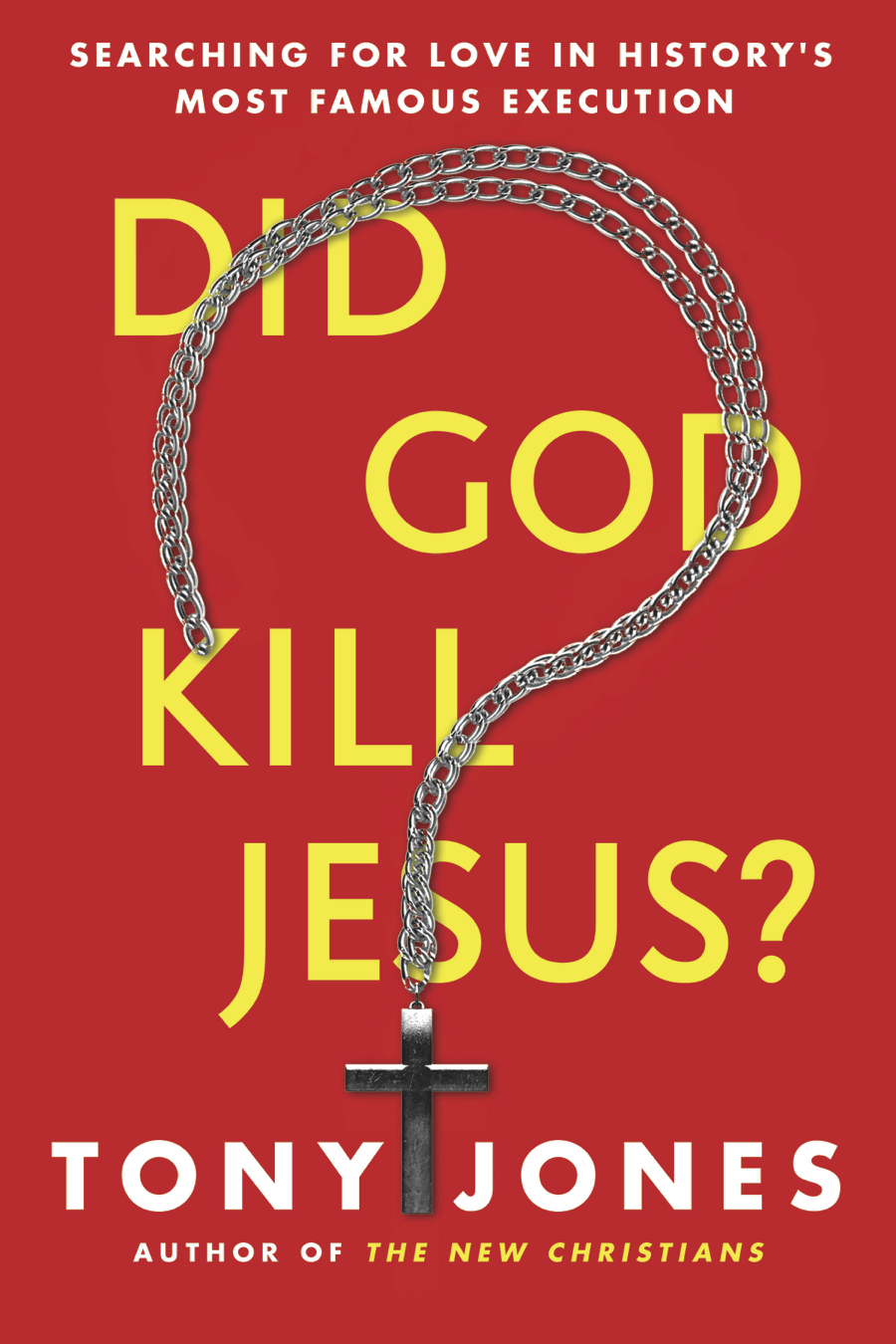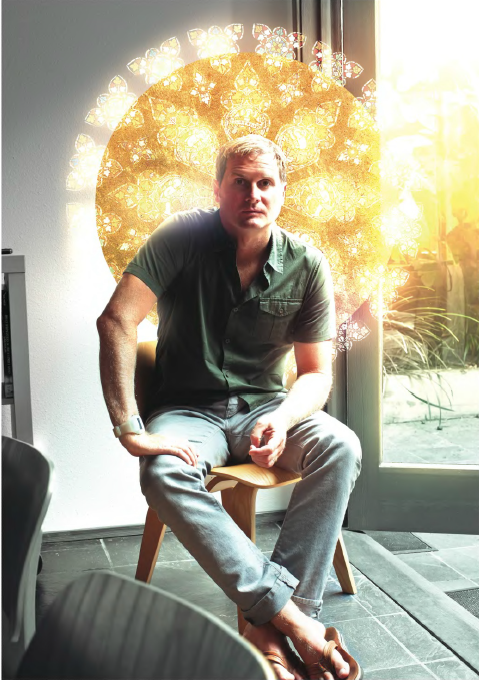There’s been a lot of talk about Alvin Plantinga’s latest book. Plantinga is the most prominent philosopher/theologian who is dealing, regularly and at length, with the issues of theodicy and the existence of God, issues that we often confront on this blog. I haven’t read enough Plantinga to have much of an opinion other than 1) he’s smart, and 2) I think he’s too analytic for my tastes.
However, Scott Paeth, whom I trust very much, has weighed in with a lengthy post. Here’s his conclusion:
The work of “saving the appearances” in a loving and all-powerful God in the face of the reality of suffering can take place within the context of the recognition that one may be wrong, and even within the context of grave doubts about the goodness and power of God. And here again the analogy to the work of science is a propos, because science too operates within the framework of accepted theories that have to find ways to maintain themselves in the face of counter-evidence.
To me the deep connection between science and religion isn’t that they ultimately confirm or must support the same picture of reality, but that they are in many ways analogous approaches to thinking about how we know and what we know about the world, which run on parallel tracks with one another. They may view the same phenomena, and come to different conclusions, but they both operate with the context of human attempts to reason about and make sense of the world within which we dwell. And in that regard both are valuable and necessary.
Read the rest of his post: Against the Stream: Plantinga, Nagel, and the Heart’s Reasons.
And you may also be interested in this ongoing Jesus Creed series by Jeff Cook.











